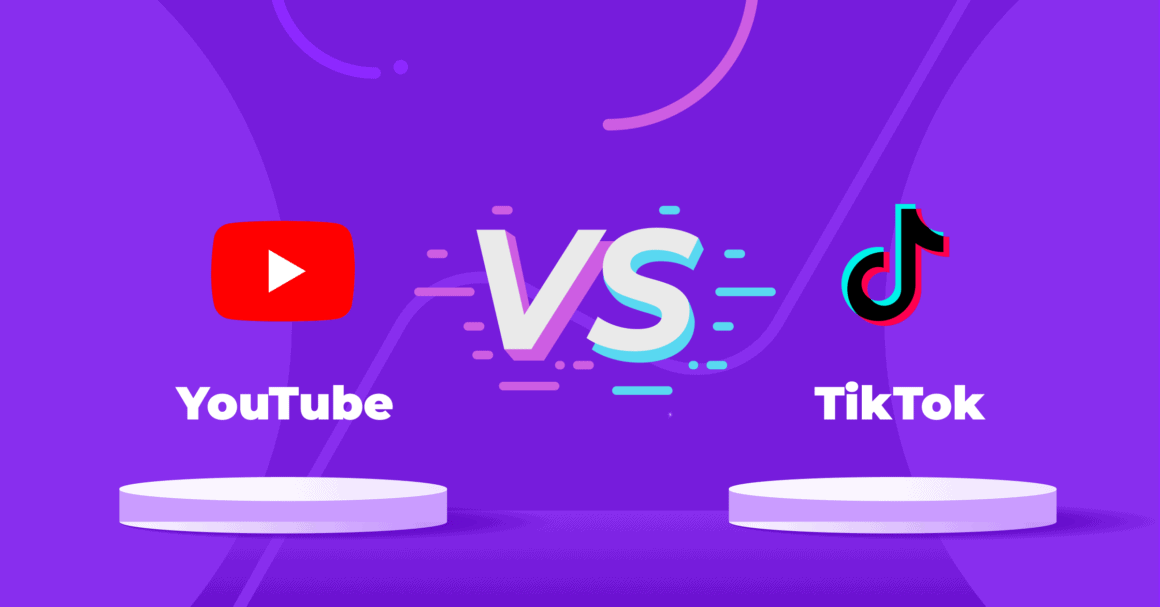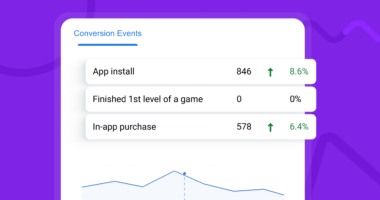As content creators, businesses, and influencers are becoming more conscious of the power of video and how to use it to their advantage the question is no longer if you should include that type of content in your strategy but rather what social media platform and format to pick.
Banner Data
Even though most social media platforms offer video-sharing options, in this post we’re going to focus on how TikTok and YouTube – the two strongest video platforms – compare.
Meet TikTok for Business
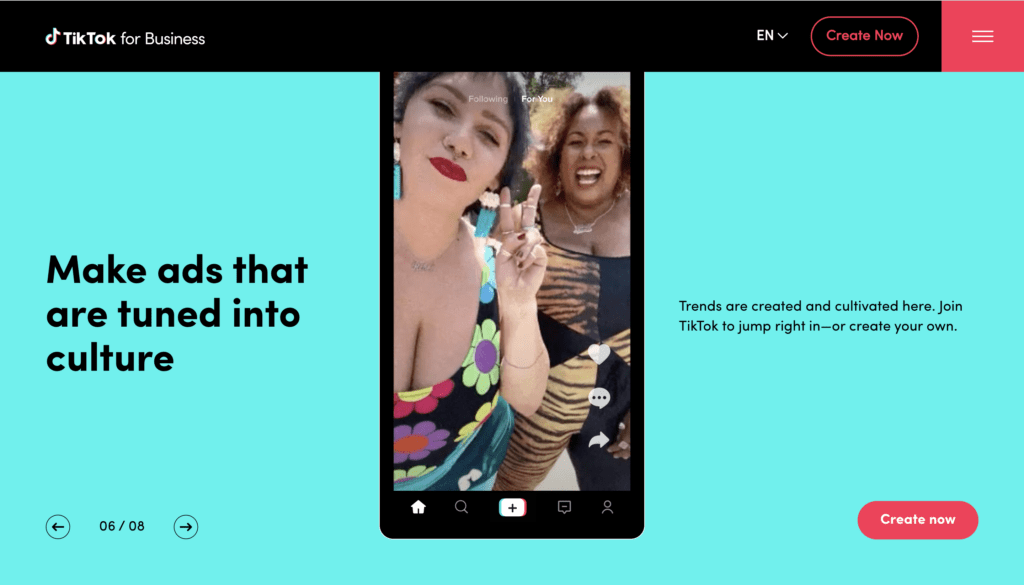
Okay, well…I’m sure you already have a general idea of what TikTok is, but if you have never gathered the courage to set up an account, let me give you a step-by-step introduction to the trending platform.
What is TikTok?
TikTok is the fun, addictive app that’s been the #1 conversation piece of all social media fans and professionals for the last couple of months. Until Elon Musk took over Twitter that is… Either way, TikTok is currently riding a massive wave of popularity, gaining momentum with users and business owners trying to leverage the growth potential.
Everything started with Musica.ly which used to be a popular short-form video platform, however, in 2018 the platform was taken over by a Chinese company and turned into TikTok.
Like Musica.ly, TikTok is also based on a short-form video-sharing concept but on a broader scale – and unlike its predecessor doesn’t only focus on lip-syncing. Tiktok offers a much wider selection of special effects and filters, and reaction features like sharing videos of yourself reacting to the content of others. Interestingly, the social media platform also added a digital well-being feature that alerts users if they spend more than two hours on the platform.
It’s being promoted as a video-sharing social network where users can create a variety of content ranging from challenges, dance videos, magic tricks, and funny content altogether.

TikTok audience and other cool stats
The platform had to wait until 2017 for its boost in popularity when it expanded out of the Chinese market and became available in other countries. The popularity of the app makes it impossible to overlook for marketers around the world hoping to monetize social media. After all, Tiktok is being used by over 20% of the world’s 4.8B internet users. The 6th most popular social media platform has over 1.534B users, out of which 1B is active. Only Facebook with 2.9B, Youtube with 2.5B, Whatsapp’s 2B, Instagram’s 1.4B, and Wechat’s 1.2B are at the same levels as Tiktok. But it’s quickly rising in the ranks enjoying a yearly spike in MAU of at least 35%, with the most impressive result of 394.9% in 2018.
The majority of TikTok users are female (57%). Men take a proud second place as 43% of users. Roughly 43% of TiikTok’s audience is between the ages of 18-24, 32% of them are between 25 and 34, but only 3.4% are older than 55. So TikTok really seems like the perfect platform for brands hoping to reach the younger generations with their product.
But you don’t need to just focus on the demographics – any user segment on TikTok is engaged. That means if you find your niche there, you will have a solid, interactive following. The average lover of the video-based social media channel spends about 52 minutes per day on the app and 90% of them visit the app more than once a day. We know the dances and comedic reenactments of everyday life to catchy songs are super addictive and we’re here for it.
TikTok trends
Talking about TikTok trends is like trying to read ads on the side of the highway. Before you read one banner three more have passed. No wonder there are posts with the best trend recommendations of the week. Of the week.
Seems like the creativity of TikTok is at work 24/7. So that’s the part where you’re on your own. At the point of preparing this article for publication one of the most popular trends is pretending a hacker is threatening you to leak your photos but they end up not being what they expected. So pictures of pets and meals instead of selfies or such.
In a week that trend will be replaced with something new and I’m sorry to say I don’t own a crystal ball and have no idea how to tell the future. So you’re gonna have to keep an eye on this one yourself and befriend some blogs like this one. That fast-paced change is one of the signatures of TikTok so if you want a chance of succeeding there, you’ll have to keep evolving. As fast as the social media giant.
Setup for TikTok Ads
Setting up your account with TikTok ads is very simple and involves a few steps that are within your average account setup expectations.
- Signup for a new account or use your already existing TikTok account to log in. After confirming that you’re not, in fact, a robot, and after confirming your email address, it’s time to fill out some basic information about your billing address.
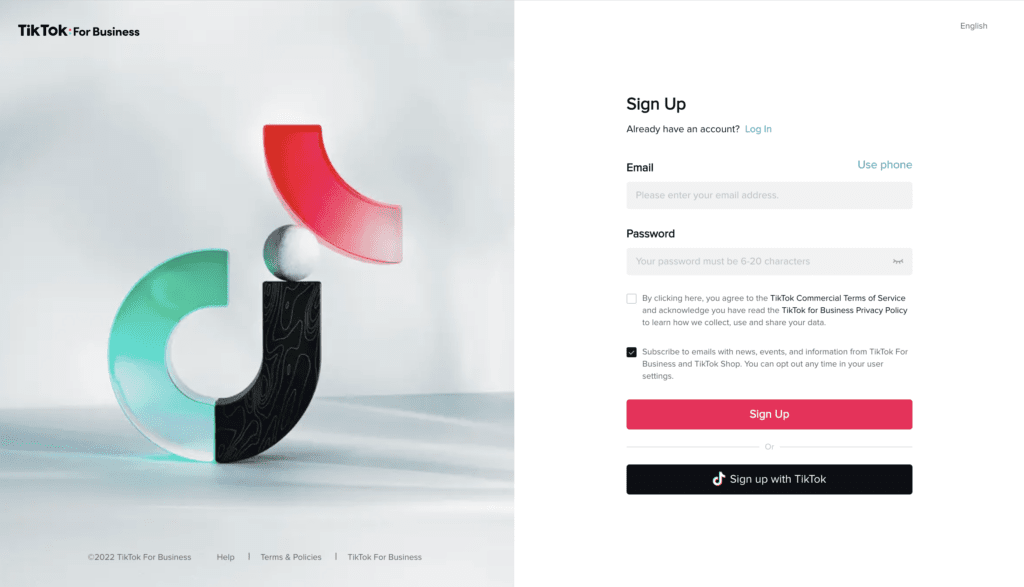
2. Then you’re gonna have to make your first serious choice. Which ads manager mode to choose? Simplified or Custom. Simplified might be better for you if you’re working alone and with a tight budget, custom will fit better if you have a team to work on marketing. The good news is that you can switch between them at any time so just choose the one you feel more comfortable with for now. And then start the process by setting the goal for your campaign.
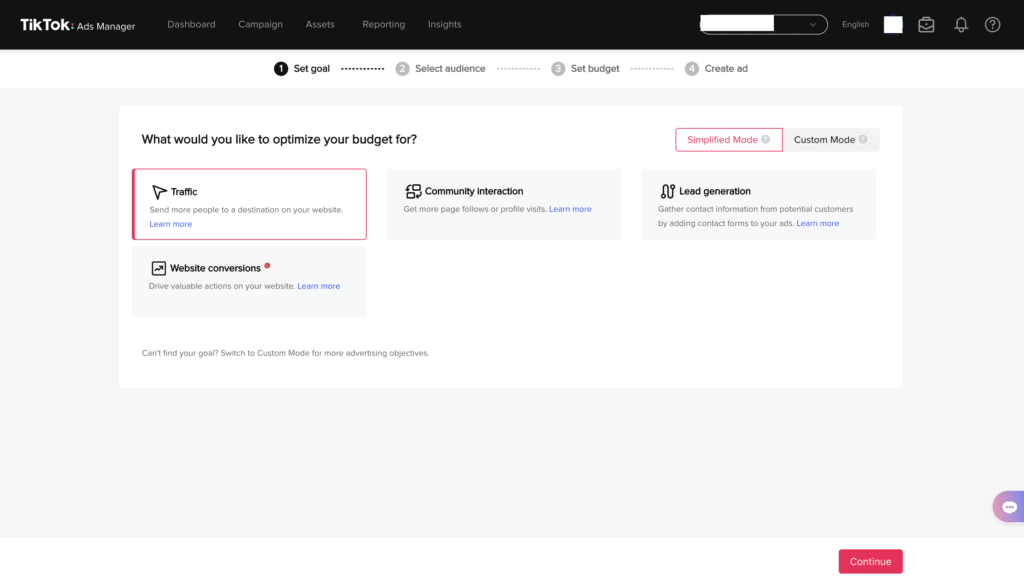
3. Afterwards, it’s time to select your targeting, audience, and budget before you get to create your ad.
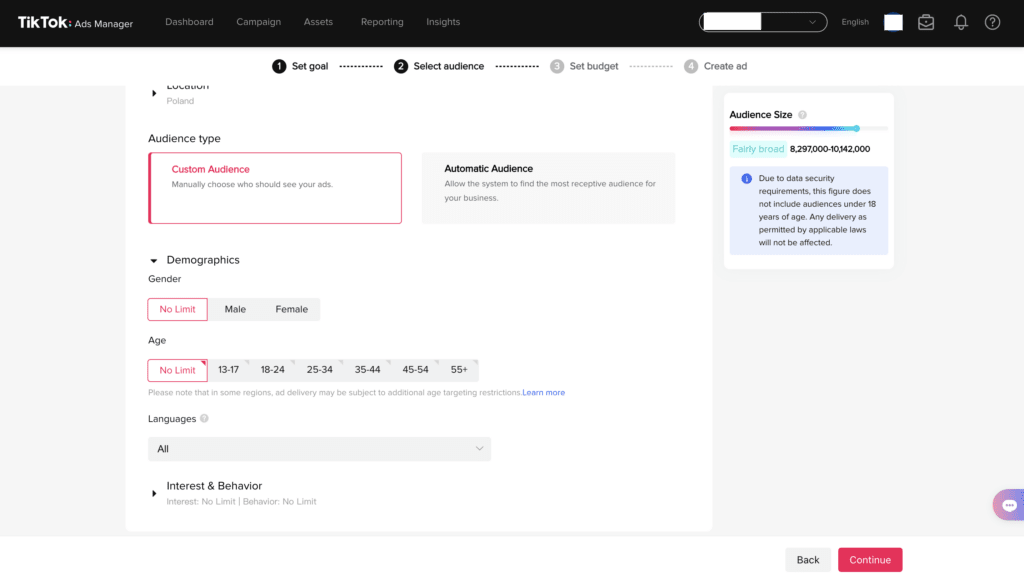
4. There is a minimum on the daily budget but no maximum
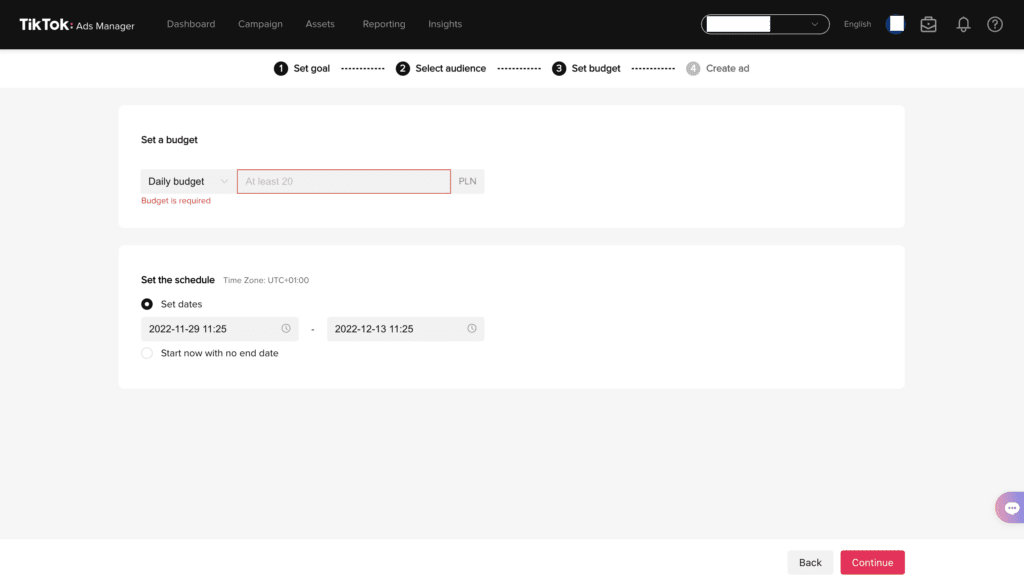
5. Enjoy getting creative with your ads. Upload your video or picture and in the next steps choose your music, effects, CTA, and caption. Right after uploading your creatives
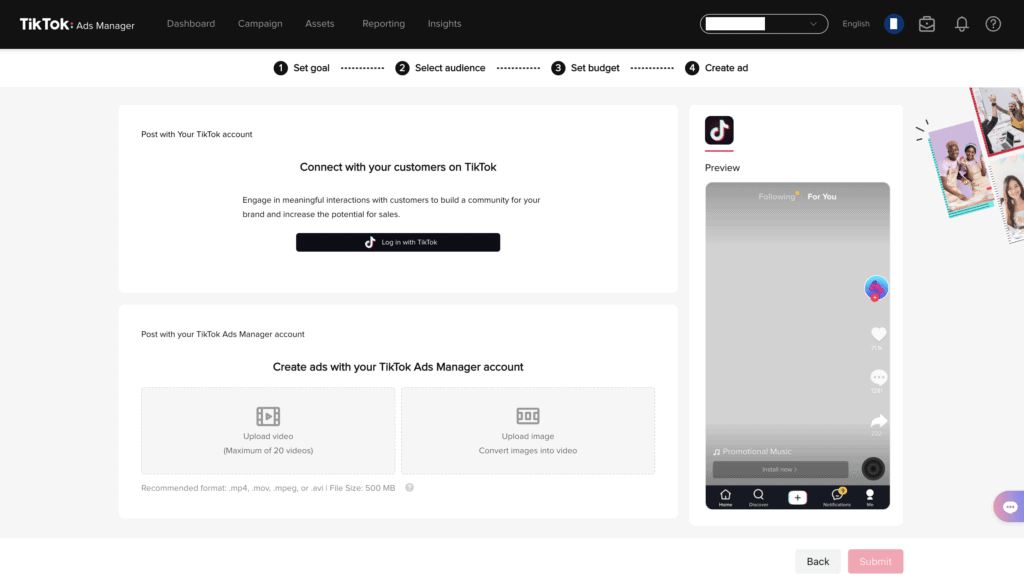
6. Right after uploading your creatives, TikTok will offer optimized versions of your ad you can choose from, and if nothing satisfies you, the app will generate more. Then all that’s left to do is confirm your payment data and the campaign is ready to fly.
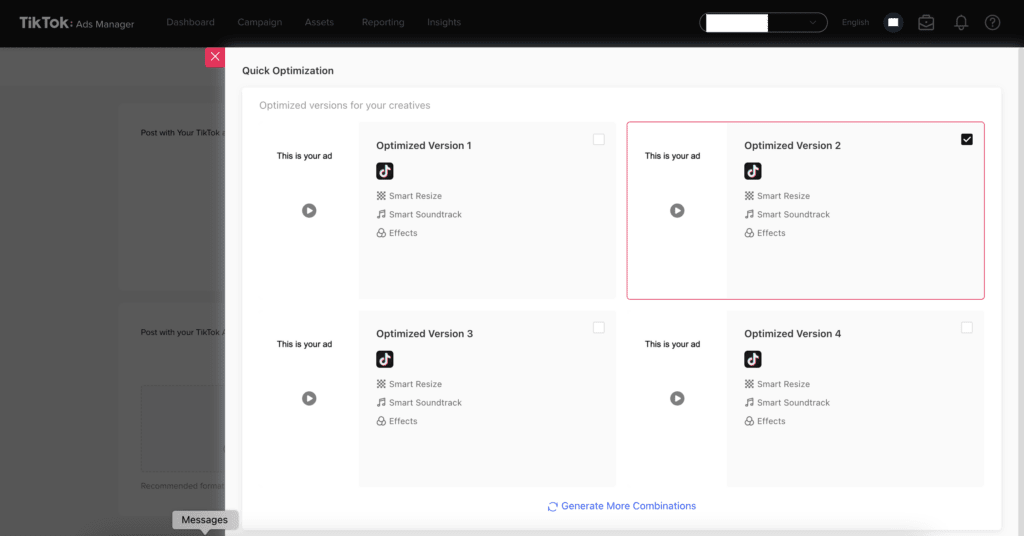
TikTok ad formats
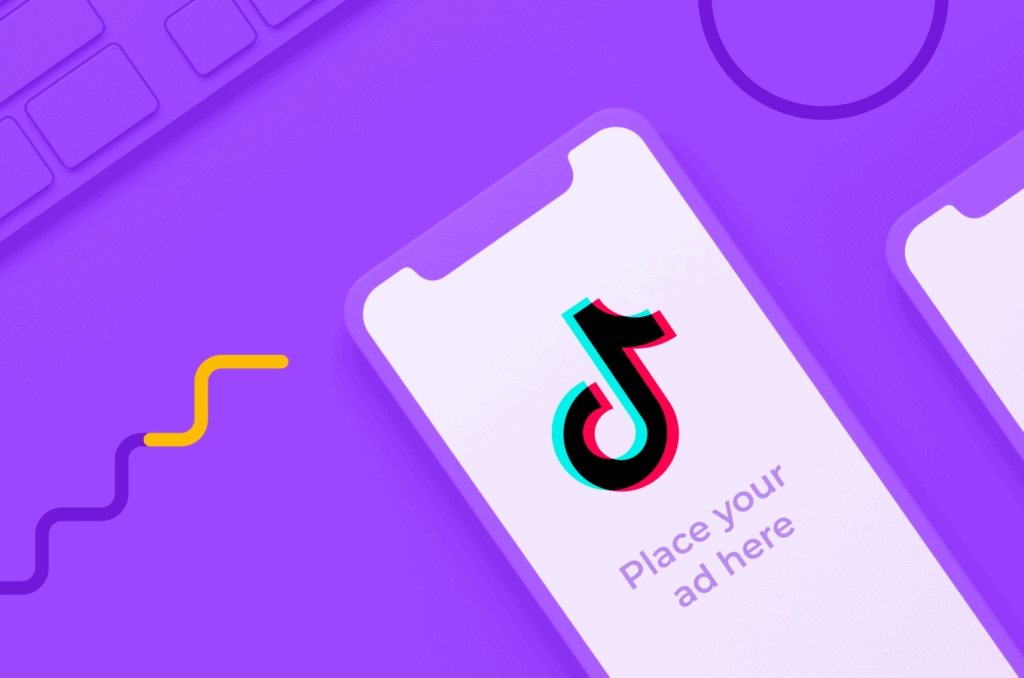
In-Feed ads
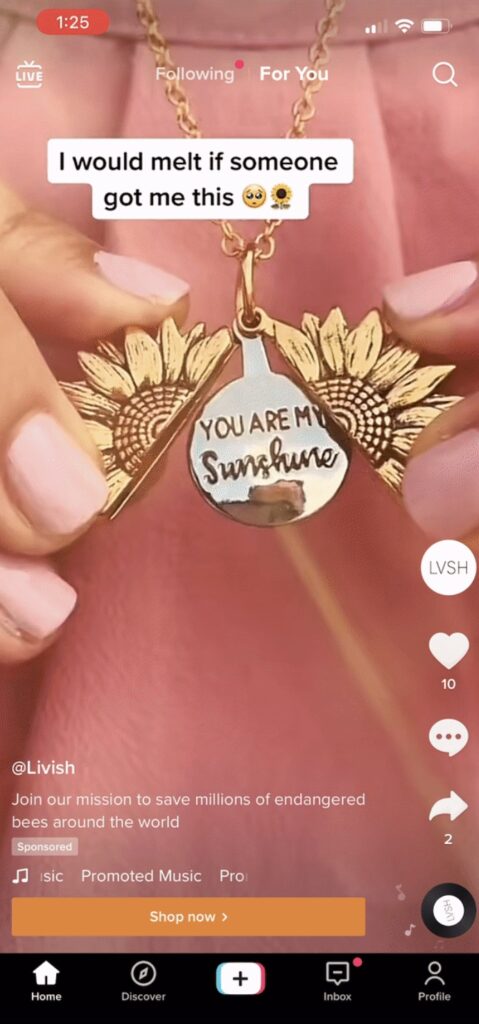
TikTok In-feed ads are video ads displayed inside the native news feed as users scroll through the “For You” page. They blend well with the TikTok feed and because of that, feel less intrusive. This, however, makes it easy for users to quickly scroll past them. With In-feed ads, users can like, comment, share and interact with the TikTok advertising videos.
Brand Takeover ads
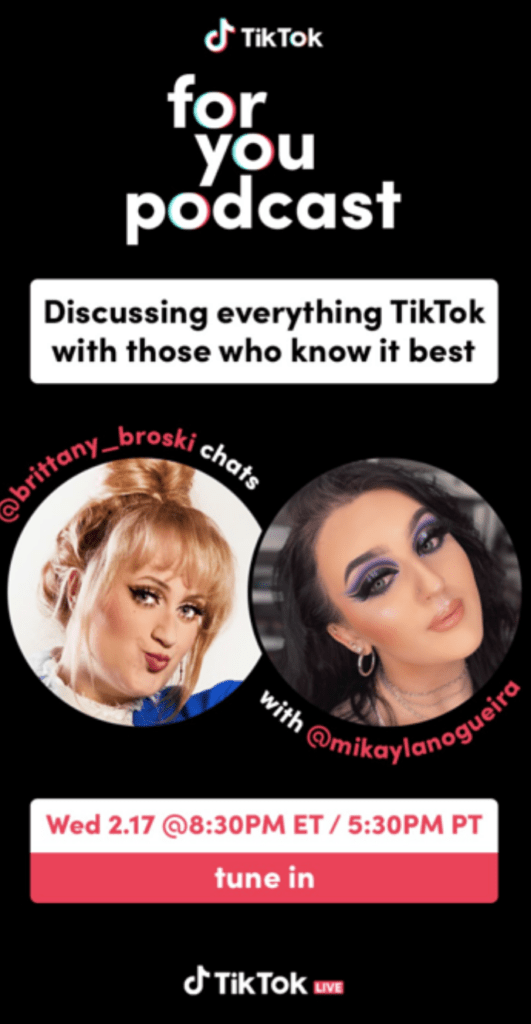
They pop up as soon as the app is opened and take over the screen for a few seconds and then change into an In-feed video ad. They also appear on the “For You” page as still images, videos, or gifs with clickable links that lead to landing pages within TikTok. It effectively creates mass awareness and drives sales since the ads appear in front of the right audience. You can add your custom logos to stay in the mind of viewers better and make them remember your brand
Top View ads
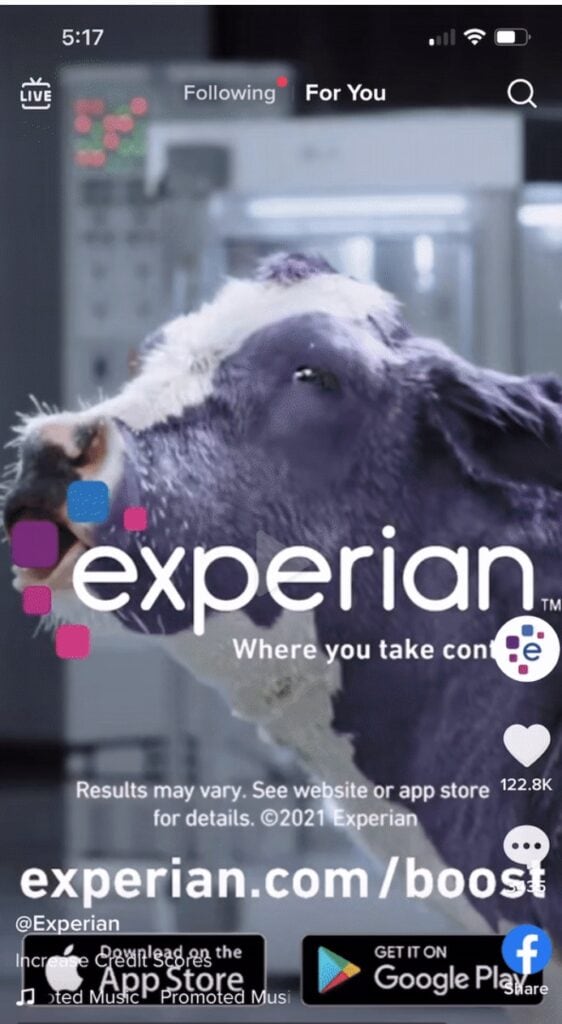
Similarly to brand takeovers, they aim to increase brand awareness. The difference is that Top view ads do not cover the screen as soon as users sign in. Instead, they occupy the first In-feed post for 3 seconds. After that, it shows up to 60 seconds of full-screen video with auto-play and sound.
Branded Hashtag ads
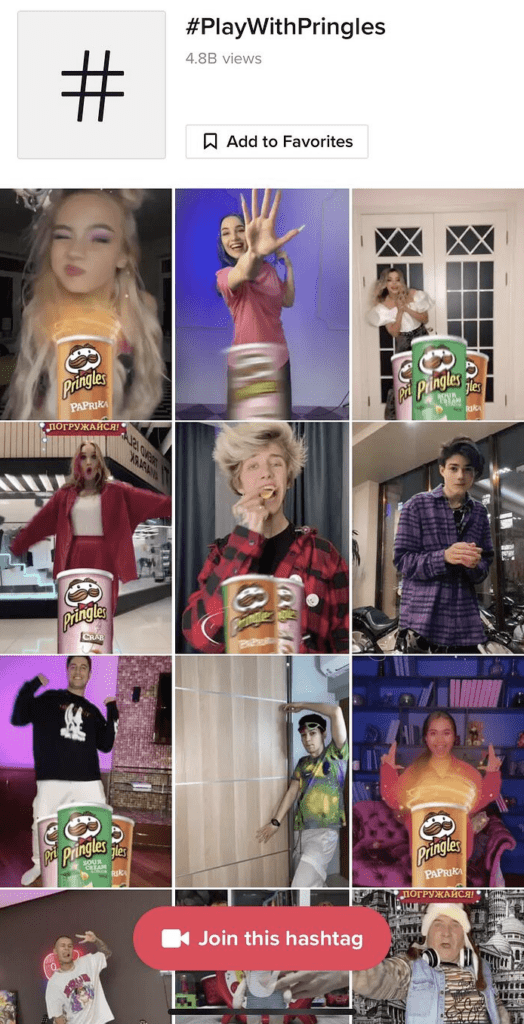
This popular TikTok ad involves users videotaping themselves while performing a dance or doing something in line with the product and posting it with a defined hashtag. These ads appear at the top of the “Discovery” page. Clicking on the hashtags leads them to the landing pages on TikTok and a collection of other videos from the same hashtag challenge. They’re great for boosting engagement and brand awareness.
Branded Effects ads
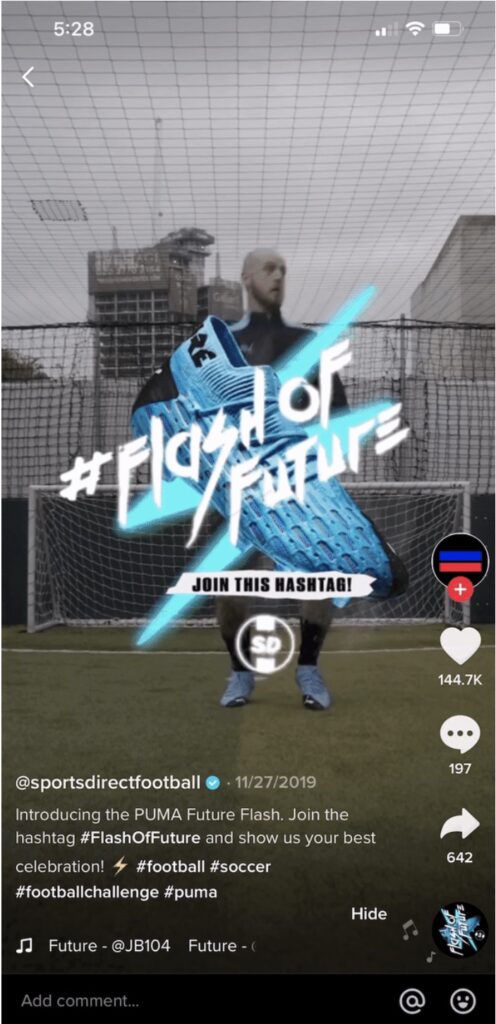
Businesses design an ad with their own custom filter on the app. The ad can last up to 10 days at a time and is a great way to increase user engagement. Users then can use the branded effect in their content.
Hello, YouTube
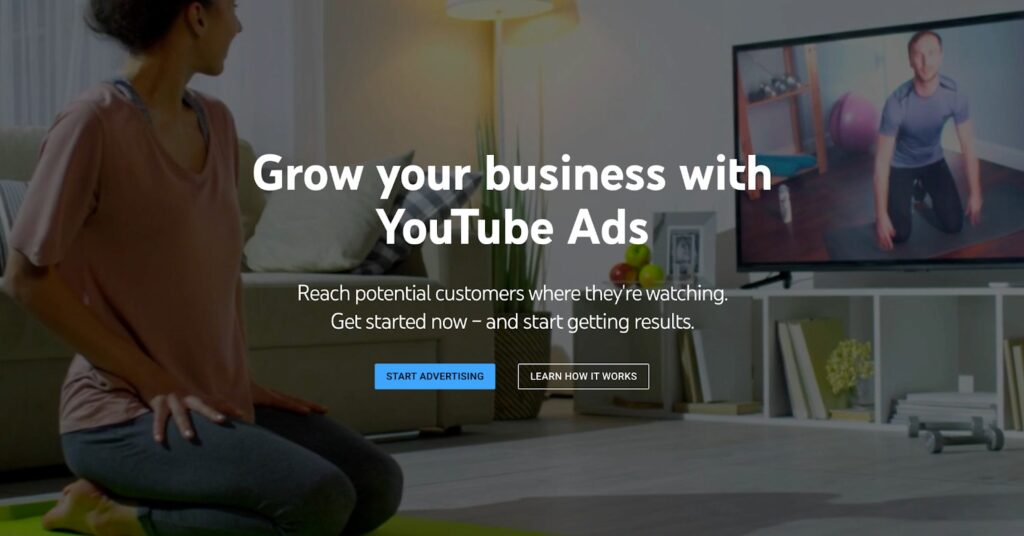
Oh, YouTube. It honestly feels like the platform has been around forever. There’s no way I can imagine the Internet without YouTube, and probably neither can you. That’s where I learned how to do my hair, and how to fix my bike and naturally watched a lot more funny dog videos than I’d like to admit.
It all started when three former PayPal employees – Steve Chen, Chad Hurley, and Jawed Karim – got the idea that ordinary people would enjoy sharing their home videos with others. And they were absolutely right.
Shortly after, YouTube was launched on a beta level in May 2005; the platform started attracting about 30,000 views a day. By the time Youtube was officially launched in December 2005, the number of views had reached 2 million. And by January 2006 the number of views increased to 25 million a day and the number of videos reached more than 20,000 new videos uploaded daily. There’s no other way to say this: Youtube was a hit from day one.
Rocky road to fame
But that spectacular success came along with a set of unique problems. The immense traffic growth forced the company to continually purchase more and more computer equipment and more broadband connections to the Internet. Besides investing more in infrastructure, YouTube was forced to allocate more financial resources for potential litigations; as problems with copyrighted material being posted on the platform started and media companies began paying attention. This caused issues with commercializing the website, so soon enough Youtube started looking for a buyer.
At that same time, Google launched its own video-sharing platform – Google Video – which you’ve probably never heard of because it failed to gather much traffic. So, in November 2006, Google felt compelled to purchase YouTube and rather than merging websites, decided to continue operations as before. On top of that, they managed to negotiate deals with several entertainment companies to allow some copyrighted material to be shared on Youtube, deleting a number of problematic videos in exchange. And thus, the YouTube that we know today was in full swing.
YouTube in numbers
Seventeen years later, the pioneer video-sharing platform is still the go-to place for video content and the second most popular social media platform. As of July 2022, marketers could reach a whopping 2.476B users.
However, YouTube’s advertising resources only publish demographic data for audiences 18 years old and older – the latest data reported showed that YouTube has 2.024B users in this group. This number suggests that about 36% of all people 18 and above use Youtube. If we remove users who live in China – where YouTube is still blocked but can be accessed through VPN – the platform’s adoption rate increases to 45.5%.
The almost 2.5B monthly active users of YouTube watch a combined 1 billion hours of videos every single day; that’s more than Netflix. Also, YouTube accounts for about 25% of global mobile traffic.
As of April 2022 men were the majority of Youtube users at 53.9%, leaving women approximately 46% of the total.
What are the trends on YouTube?
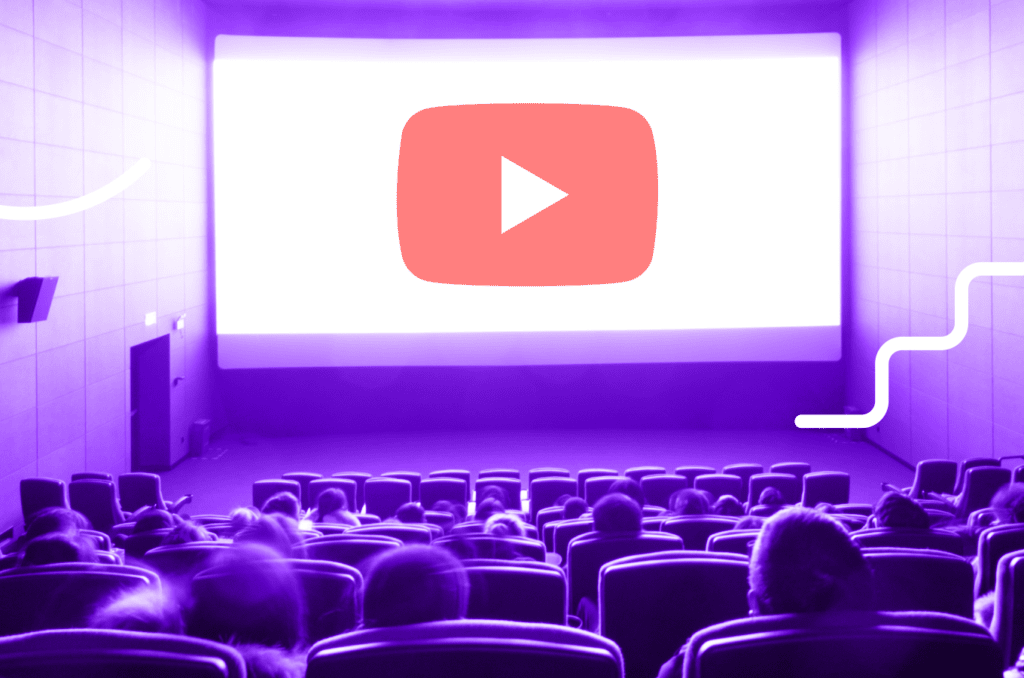
Keeping track of what is popular on YouTube is much easier than with TikTok. Sure those trends change too given the nature of trends, but they usually last longer than the break between Lizzo’s song releases. 🙂
Some trends to consider at the moment include:
Short form videos
Yes, you have surely noticed but YouTube creators fell in love with short videos, they’re easy to digest but with a good hook, they can get you to check out the account. Not to mention that people love binging them.
Live videos
Ranking high among users are lives, which give you the feeling of being connected with the creator. Users are also more likely to stay longer compared to pre-recorded content giving you more time to make an impression.
Creator-led content
This one is the best example of how powerful and important partnerships are. People have a tendency not to trust brand-led content as they might come off as fake but influencers do a great job at humanizing brands, so users might trust them more.
Relaxation and comforting content
That should come as no surprise given how tumultuous the times have been and still are. People love comforting content and expect it from YouTube, whether that’s a walk down a beach or a yoga workout in serene nature.
Those are of course not all existing YouTube trends and they might not be so popular by the beginning of next year. So as usual, perform your research and check out articles like this one and you’re definitely gonna find a trend that fits your business and your social media accounts.
Finding the perfect audience and combination of creatives that work best with your brand is sure important but it won’t do much without one thing – data. Without measuring your campaign’s performance you’re loosing out on insights that could help you maximize your profits.
Setup of Youtube Ads
1. Alright, let’s dive into the realm of YouTube and Google Ads. After selecting or creating a new account, you’re thrown right into creating your video ad.
2. With YouTube, you’re gonna need a video ad almost immediately, luckily if you don’t have one, you can use the help of Google Ads tools to build one. Also, if you’re looking for some video-making tips this article comes with a short guide to making quality content.
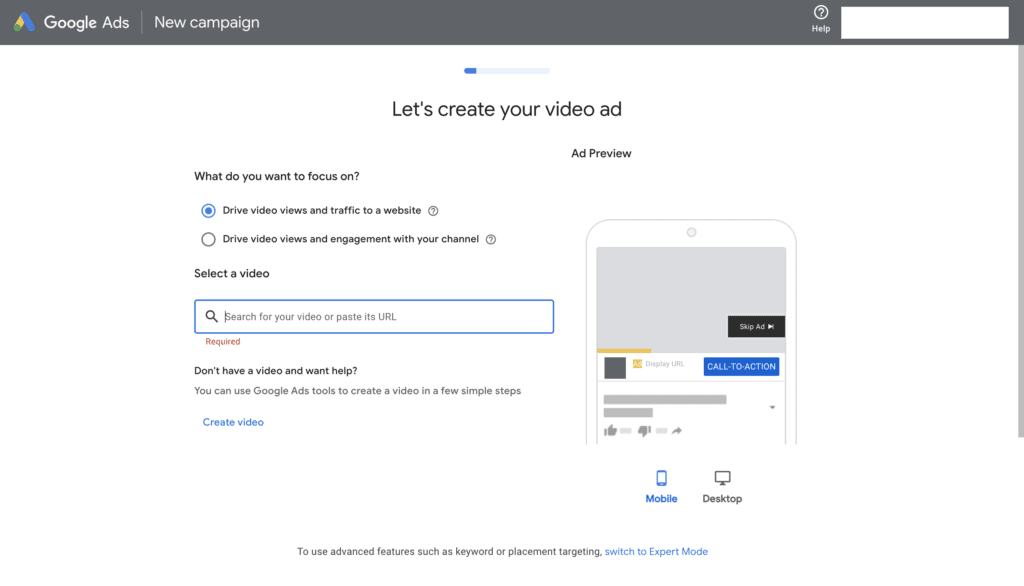
3. Continue by providing the URL of your website and create the headline for your video
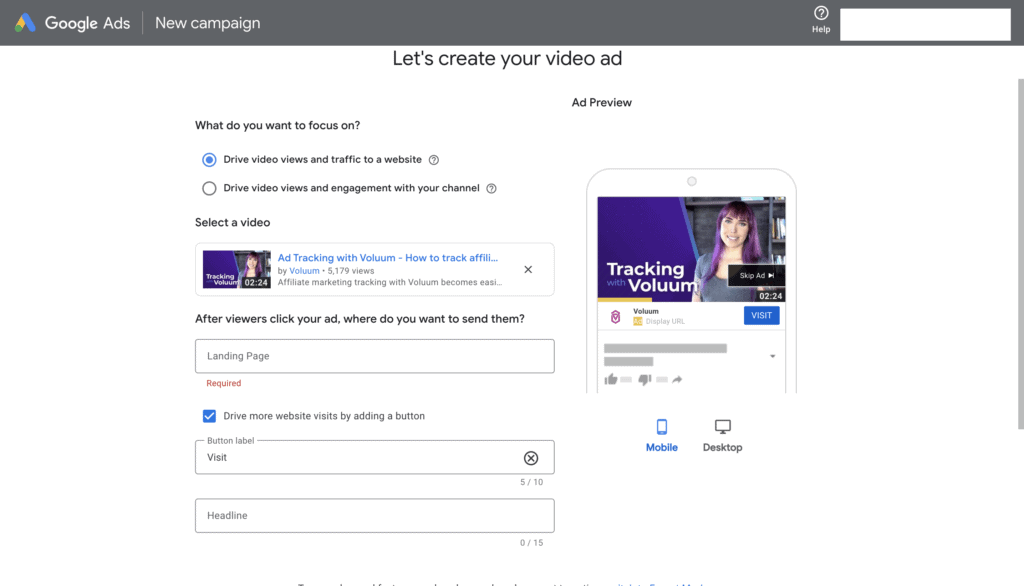
4. In the following steps, you’ll be asked to curate details of your campaign starting with GEOs and languages.
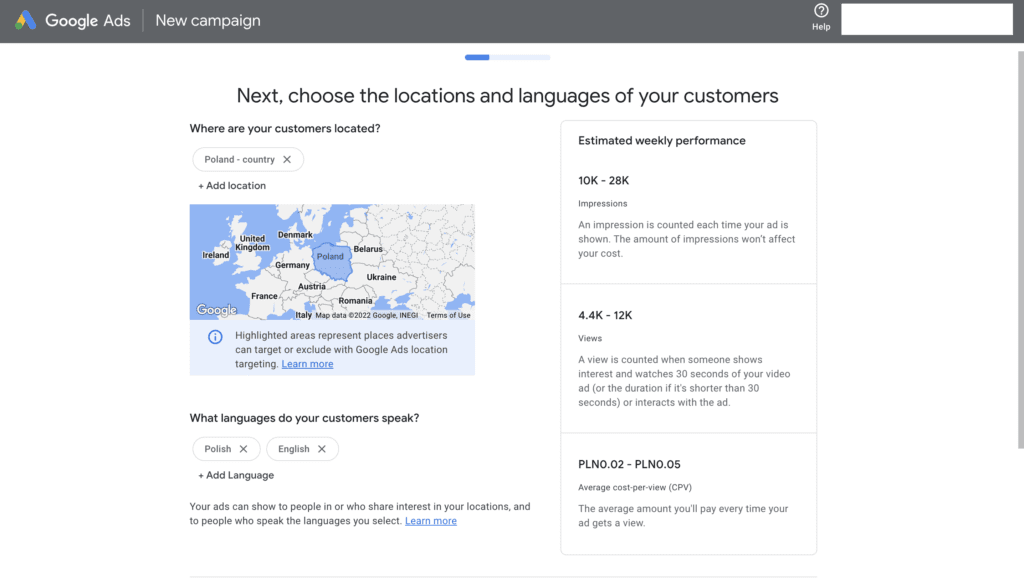
5. And other targeting options
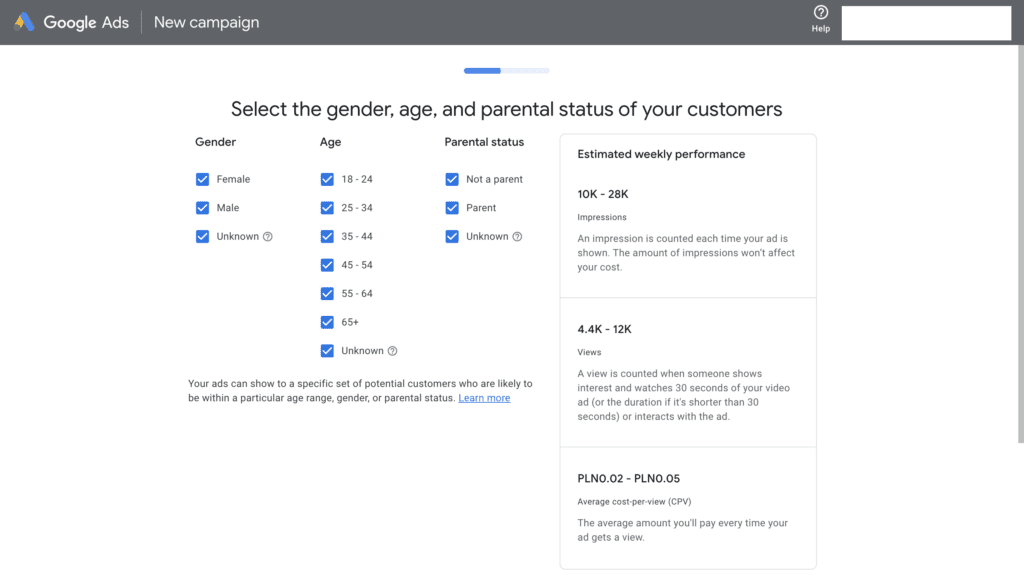
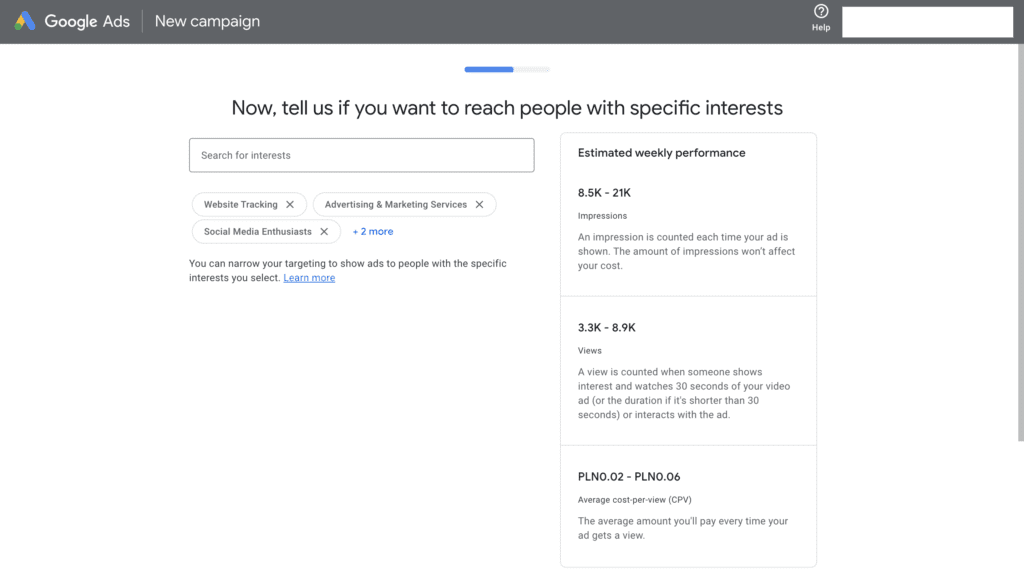
6. Make sure it’s all good.
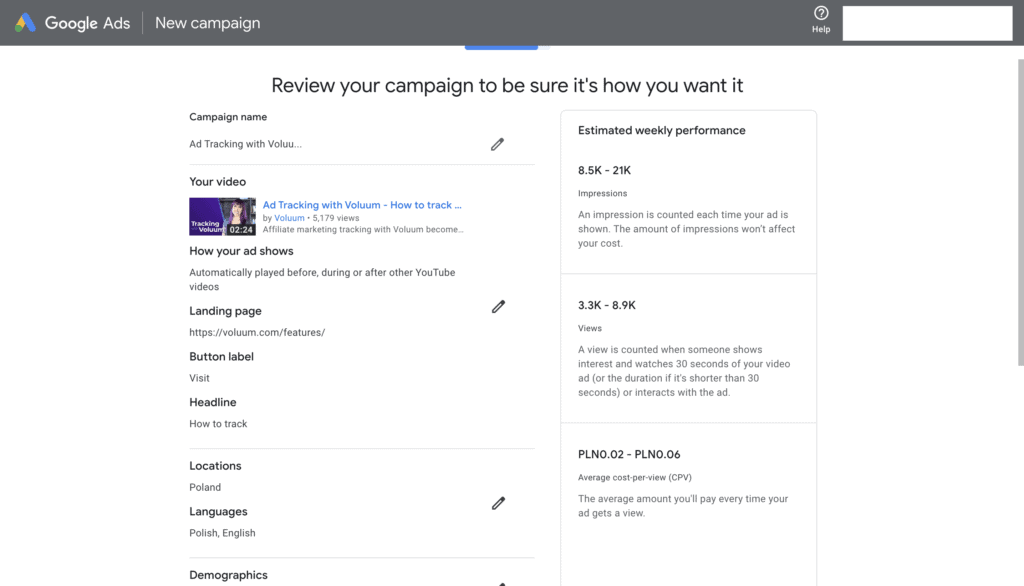
6. Finish off by providing billing and budgetary details, and all is done!
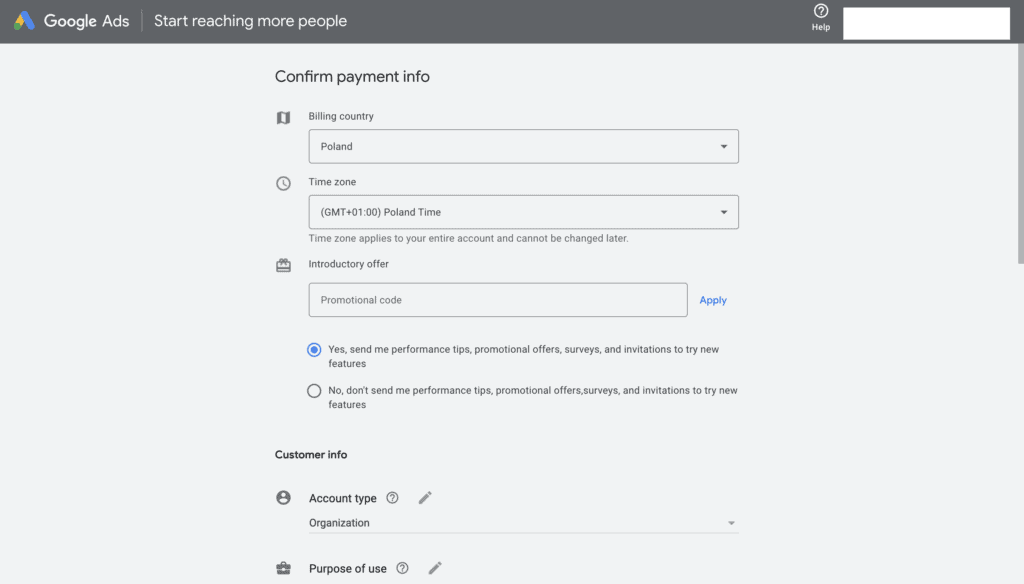
YouTube ad formats
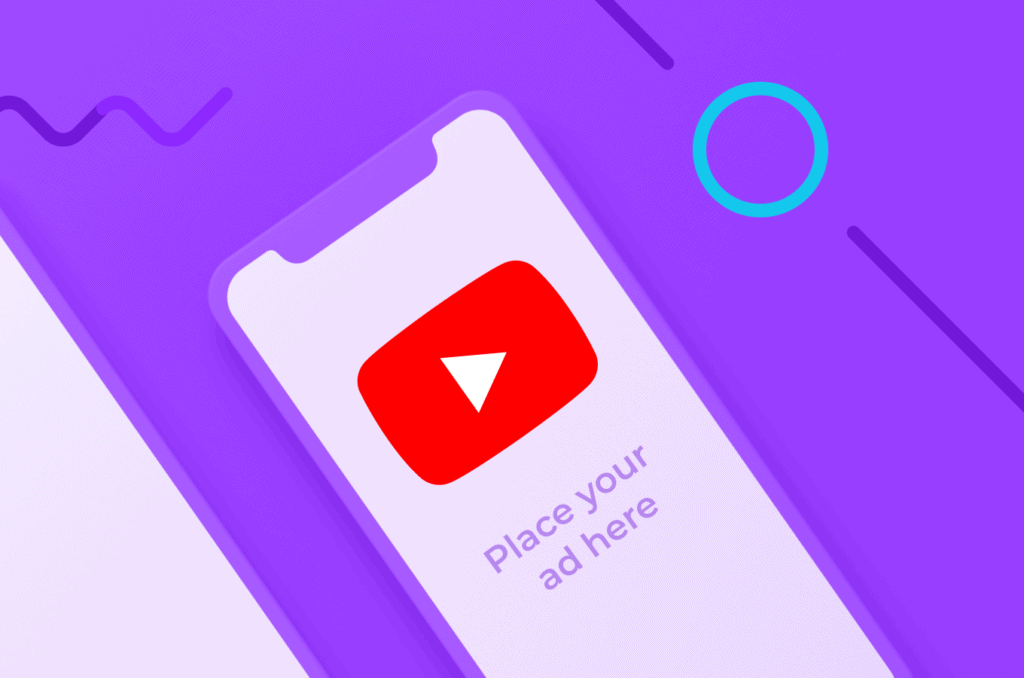
I’m sure a YouTube ad annoyed you more than once, especially if you have ever tried using a tutorial to fix anything and the ad came on just before you got to learn which screwdriver to use.
Well, annoying or not, ads on YouTube do work as shown by a meta-analysis of 56 case studies of brands in six different industries over the last 3 years. According to the results, YouTube ads have a higher ROI than TV ads in 77% of case studies. YouTube is also reported to have the highest average order value at 361$.
Video ads
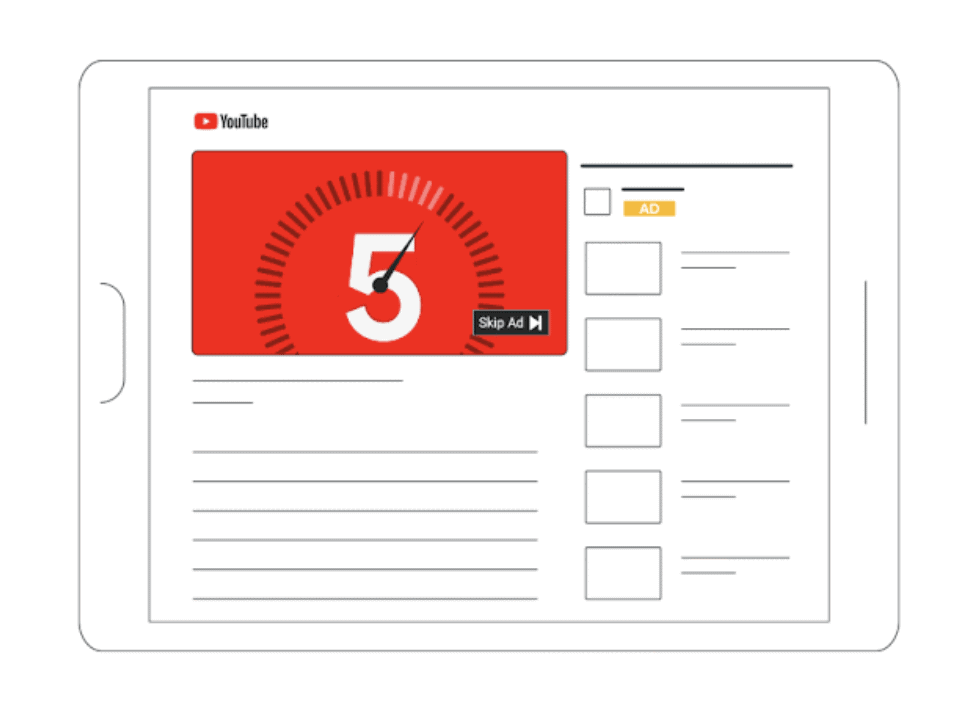
Skippable ads – they can be placed at the beginning, middle, or end of the video and after 5 seconds, the viewer can skip them if they’re not interested in the content. You can choose from three cost models: CPV CPM or CPA, but Cost-per-view (CPV) is the most common one. A billable view is only counted when the viewer watched at least 30s of the video ad but when the ad is shorter than 30s, the ad is billable when a user interacts with your video (clicked on a link). Skippable ads are great for raising brand awareness or getting more leads. Good news, no need to pay for skipped views.
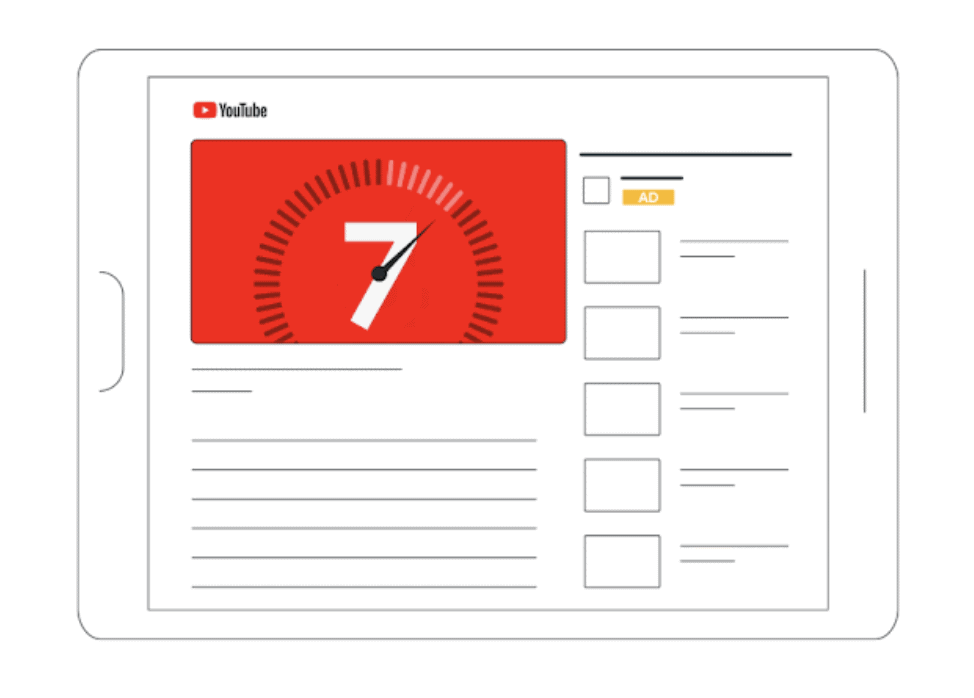
Non-skippable ads – this short format ranges from 15-20s and is great when you need to vastly improve your brand’s awareness. Sadly, you can only pay based on the CPM model and have to pay for every view no matter the outcome.
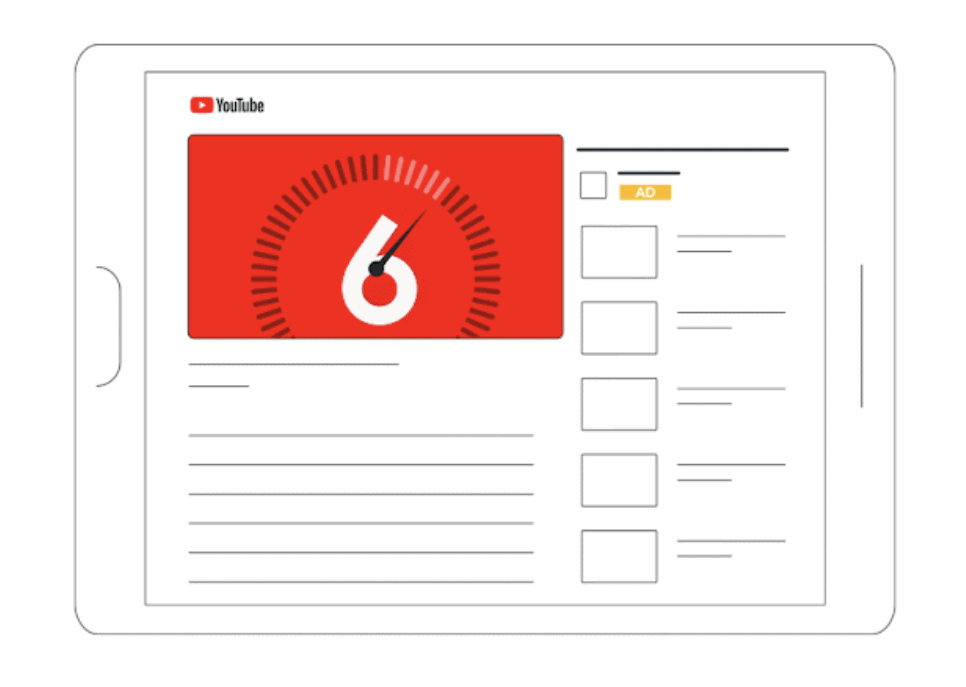
Bumper ads – this is an interesting type of non-skippable format. These ads can only last up to 6 seconds but can appear at any moment during the video. The advantage is they’re less likely to annoy users but getting someone truly interested in your brand in that short time is extremely challenging.
Video discovery ads – for this format YouTube will place the ad at the top of the page and it will look just like another suggested video for the user, with a description thumbnail and so on. You pay on a CPC model. The format is great for ranking above your competition but sometimes discovery ads struggle to stand out.
Non-video ads
Display ads – these ads are only available on desktop and show up on the right-hand sidebar and are essentially banners with a CTA with a link to your page. The good news is that your ad is displayed permanently above suggestions regardless of before or after a video, and can be easily customized. The sad news is display ads on Youtube are out of the viewers’ focus as they are only an image.
Overlay ads – this is a much better non-video format since it’s a semi-transparent banner displayed in the lower portion of the video. Your ad is within the streamed content which means it will be spotted by the viewer even if they close it.
Premium ads
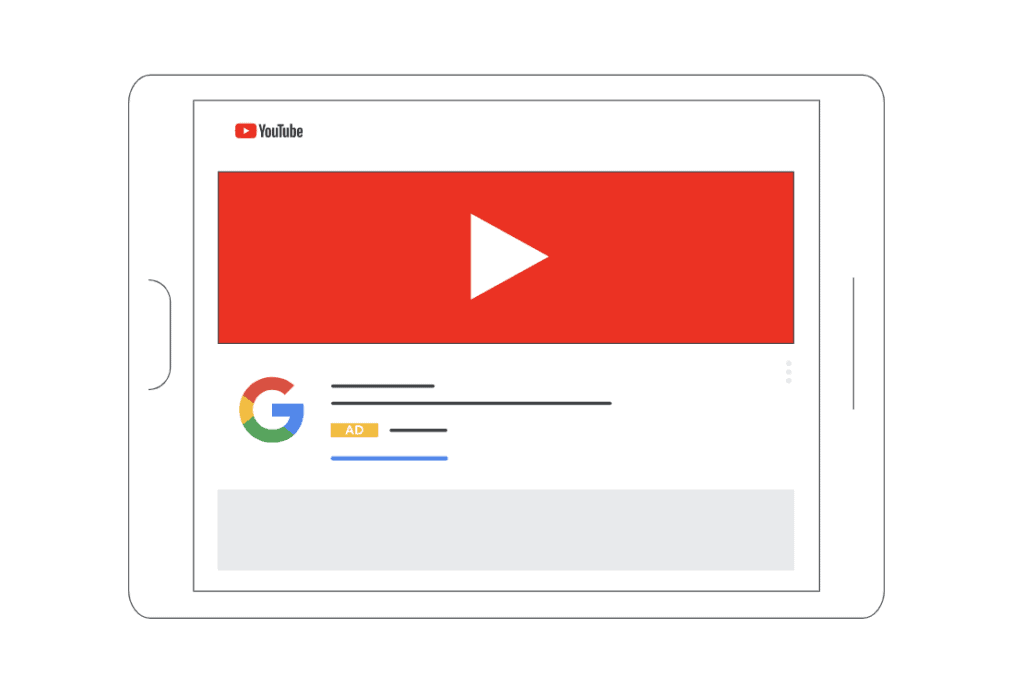
YouTube Mastheads – available for both desktop and mobile this type of ad appears on top of YouTube’s homepage for 24 hours reaching around 60M people and can include several CTAs, social media sharing buttons, etc. These ads will gain you massive reach but targeting here won’t be precise at all since you can only choose the country where your ad will be shown.
Biggest differences and similarities between the platforms
Both of these social media platforms will allow you access to a massive audience. While deciding which one to go with (or how to tailor your content for both), it’s a fine idea to consider the platforms’ biggest similarities and differences.
Similarities
- Both TikTok and YouTube are video-sharing social media platforms
- Both platforms encourage user-generated content and provide features for interactions (comments and replies, subscribe and follow buttons)
- Their algorithms similarly recommend video based on account settings, preferences, video performance, and previous activity.
- YouTube and TikTok offer analytics, including video views, watch time, impressions, reach, comments, etc.
Differences
Video length
Tiktok focuses on short bursts of content with videos of up to 3 minutes.
YouTube is the longer-form video platform with up to 15-minute videos for unverified accounts and 2hrs for verified.
Content
TikTok favors fun and trendy content like dances, challenges, sports, and comedy content.
Youtube has a rich blend of content creators ranging from comedy to social issues, documentaries, business, etc.
User base
TikTok has a user base of over 1B
YouTube reaches more than 2B a month.
There’s no hiding that both TikTok and YouTube are tremendous places for advertisers and all that’s left to do is to pick the one that fits your style and needs most. Or maybe, just maybe the correct choice is a healthy mix of both TikTok and YouTube advertising to ensure that you’re reaching the broadest spectrum of audiences. I’m gonna leave you to consider that.
But before you go don’t forget to…
Measure and collect data
Finding appropriate channels and ad formats for your brand and product is step #1, but once you send your ads out in the real world, the true work begins. Now, it’s time to focus on your ad performance and shift your focus to data. Both TikTok and Youtube offer some tracking options, and naturally, you will have access to reports.
But as your campaigns grow and you start utilizing more than just one platform, you may find having to switch from one account to another less than effective. Also, the data and insights they provide are limited for marketers. And it’s important to keep in my mind that these platforms favor their own ads – they of course want you to keep advertising there. So, an outside tool can provide an accurate, precise and unbiased view of ad performance.
That’s when you’ll probably start dreaming of an all-in-one solution. What if I told you that there’s a place where you could track both TikTok and Youtube ads with access to features to further optimize or even automate your work?
“Great” – you’d say.
“It’s called Voluum” – I’d reply.
And then I will go on to tell you that Voluum is the number one tracking software out there. Developed to collect detailed data about your campaigns, and help to discover the most profitable combinations of traffic, ads, landers, and offers and backed with robust features to make managing campaigns better.
Voluum for TikTok and YouTube
You should also know that Voluum has a vast portfolio of integrations including TikTok and Google Ads. These platforms are integrated with Automizer: our tool created to make your everyday work faster and easier by taking some of the load off of your shoulder, like
- Auto-optimizing, working with rules
- Alerting you immediately when something changes in your campaign performance.
- Tracking conversions with S2S postback which is otherwise not supported by YouTube or TikTok, and therefore you’ll be able to advertise third-party offers on both platforms.
The integrations allow you to use TikTok and Google Ads to the fullest while Voluum’s robust features help you maximize your campaign’s potential. To learn more about Voluum’s features go here, and to learn the full scope of each integration check out this page.
Start using Voluum today, and watch your campaigns fly with Automizer!
No banner with provided ID found No banner with provided ID found
